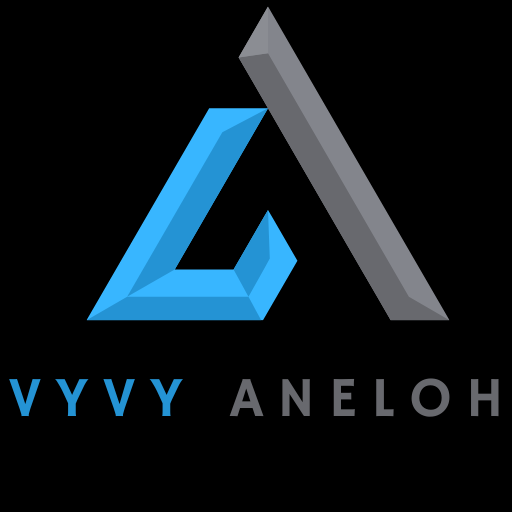Around 35,000 individual bits of orbital debris, sometimes known as “space trash,” are now in Earth’s orbit. A new Small Business Technology Transfer award involving a researcher from Florida Institute of Technology may aid in reducing some of the chaos.
The Small Business Association’s $150,000 STTR grant was given in February to Madhur Tiwari, assistant professor of aeronautical engineering and director of The Autonomy Lab, and Creare, a leader in the design and development of cryogenic components and systems located in New Hampshire.
With this funding, they will use machine learning to recreate 3D models of space debris as part of Space Domain Awareness (SDA) projects. SDA refers to the capacity to spot, follow, recognize, and describe things in outer space.
The study will also investigate time-saving strategies for gathering debris data modeling.
As Tiwari puts it, “currently, 3D-modeling of space trash needs ground-in-the-loop activities,” which increases the spacecraft’s reliance on ground assistance and slows down the process.
We are developing algorithms employing machine learning techniques to allow autonomous space travel by equipping spacecraft with cameras that can create 3D models independently of Earth-based control.
Debris is becoming an increasingly pressing concern. Non-functioning spacecraft, discarded launch vehicle stages, mission-related trash, and fragmentation debris are all examples of what NASA calls orbital debris.
According to a research published in Nature Astronomy in 2022, over 1,500 rocket bodies have reentered the atmosphere in the last 30 years, with over 70% of these being uncontrolled reentries.
Smaller than a baseball in diameter, these objects may reach speeds of up to 17,500 miles per hour, which is fast enough for even a fragment to do significant damage to a satellite or spacecraft.
NASA reports that paint specks were the source of damage to the space shuttle’s windows, and that debris as small as a millimeter poses the greatest danger of mission termination to most robotic spacecraft in low Earth orbit.
Plans for active debris removal (ADR) are now being considered to address some of these debris problems. These ideas consider the use of radiation to evaporate tiny particles, propulsion to move objects, and lasers to decelerate debris in near-Earth orbit.
“A lot of work is being done right now to keep track of space debris using ground and space-based devices,” Tiwari added.
“Yet, a huge quantity of unaccounted-for trash persists.”
Tiwari’s entire investigation into the elimination of space debris is supported by this funding.
In order to help with the Orbital Prime debris cleanup mission, the United States Air Force awarded Florida Tech and Tiwari a $250,000 contract last year.
Research is still in its infancy, but an urgent objective is to develop algorithms that will enable the spaceship to use its onboard cameras and machine learning to construct 3D representations of space junk.
For future trips, “we are striving to make the process more autonomous by depending less on communication between the spaceship and earth ground control,” Tiwari explained.
